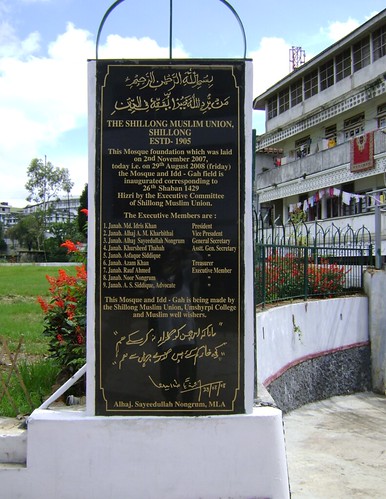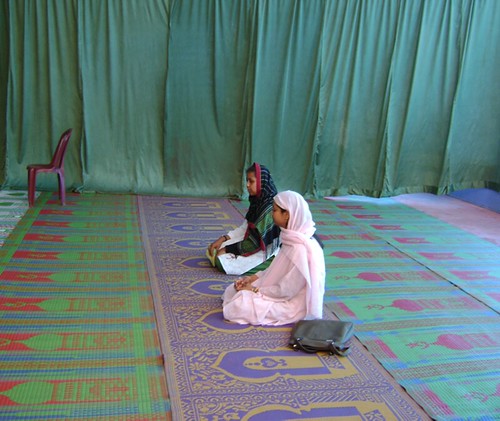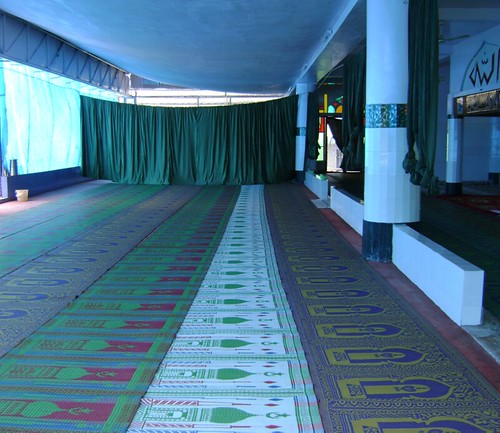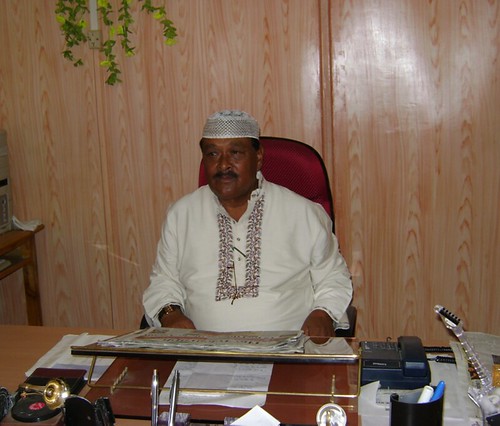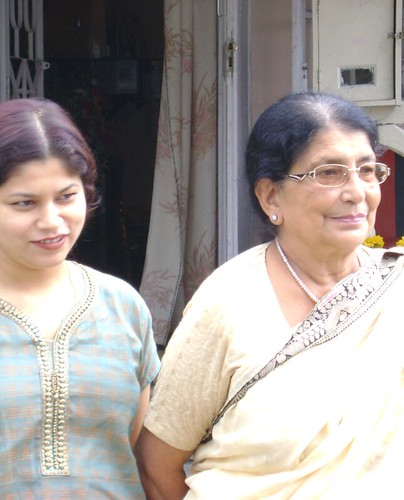By IANS,
Patna : The 16th century tomb of emperor Sher Shah Suri, standing in a tank filled with acidic industrial discharge and surrounded by illegally constructed buildings, is set to get a new lease of life with the Patna High Court directing the Archaeological Survey of India (ASI) to preserve the monument in Bihar's Rohtas district.

Sher Shah Suri
The tomb in Sasaram town, about 150 km from here, has fallen into disrepair due to years of neglect and exposure to pollution. Some parts of the monument have also been encroached upon.
On Monday, the Patna High Court directed the ASI to initiate measures to protect the monument. The court order was in response to a public interest litigation (PIL) filed by a Sasaram resident, who alleged that the state government was not taking adequate steps to preserve the tomb.
Officials said the court has asked the ASI to work in tandem with the Rohtas district administration to solve the problem of encroachment and reduce pollution of the area surrounding the monument.
"The court directed the ASI to clean silt of the water tank in which the tomb stands, make it pollution free and remove the encroachments from the tomb premises," a court official said.
The court has ordered that the ASI and the district administration should ensure that polluted water from the town does not enter the tank in which the five-storey monument stands.
Industrial discharge has made the water in the tank acidic, which is threatening the structure of the tomb.
ASI officials said the body has last year warned the state government about the ecological threats to the tomb.
It had earlier moved the Patna High Court to protect the monument by removing illegal constructions. It had also approached the district administration for revival of inlet and outlet channels of the tank, and to prevent the immersion of idols, washing of clothes and its use for bathing.
The district administration allowed the immersion of idols in the tank from 1980 after a pond in the neighbourhood dried up.
Sher Shah Suri's Tomb
"If urgent steps are not taken immediately, it would be impossible to save the stone mausoleum for future generations," an ASI official said.
"The tank's water has turned acidic. It is posing a serious threat to the mausoleum's life - it will destroy the building material and weaken the structure. It also pointed out that the tank's depth has decreased alarmingly in the last two decades," the official added.
Since 1977, illegal buildings, including Hindu temples, have been built within the mausoleum premises. However, the state says it spends about Rs.700,000 on the tomb's maintenance each year.
The historical tomb was declared a national heritage under the Ancient Monuments and Archaeological Sites and Remains Act (1958). The ASI took it for preservation and protection in 1938.
Suri (1472-1545) was also known as Sher Khan or the Lion King. Although his empire was short-lived, from 1539 to 1545, he left a fairly deep imprint in history.

